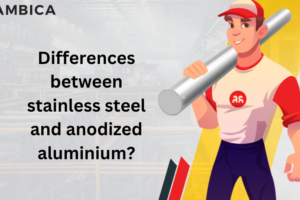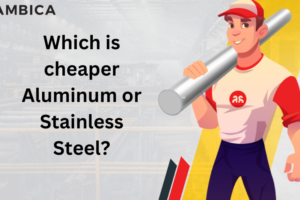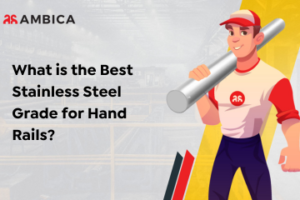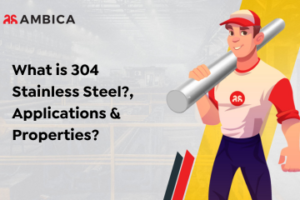Every design has intricate minute details and fashion. Many industries use stainless steel and aluminum, or both in manufacturing structures and components. Like food and catering industry is amazed by the performance of both. Both are superior and come with their bashes also. What suits the best? Is it the best?
Stainless steel is the alloy and aluminum is the metal. Stainless steel and aluminum are corrosion resistant. Stainless steel and aluminum are commonly used in the food and cookware industry. Commercial kitchen chefs may use aluminum cookware as it has efficient heat conductance property, but stainless steel cookware is safe to use as it does not leech into food because of its non-reactive nature.
Stainless steel has more strength, but aluminum displays a more strength-to-weight ratio. Some stainless steel can be magnetic, aluminum is non-magnetic in nature.
Aluminum is lightweight metal than stainless steel and conducts electricity well. It is an economical option when strength and lightweight are the demanded necessary baseline for applications. That is why structural components are made of aluminum.
In the end, aluminum and stainless steel have accelerating benefits for no and go competition. Stainless steel has more strength, and aluminum is more economical. It is a product design that corporate the use of metal for the future.




